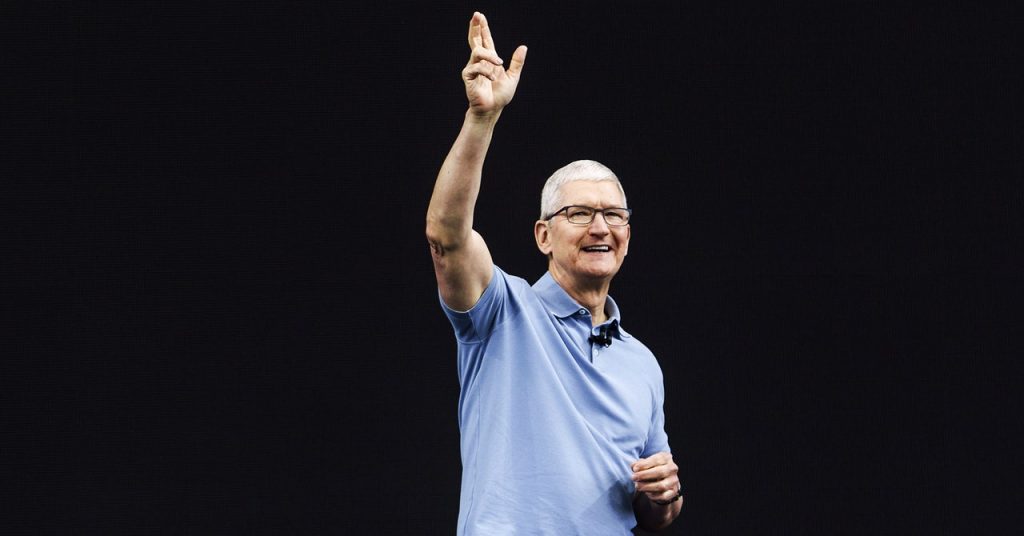After years of anticipation and contributions from thousands of people, Apple Vision Pro made its debut yesterday, promising immersion in apps, games, movies, and the workplace. With more than 20 cameras, sensors, and microphones, two processing chips, and even an external battery you carry in your pocket, it’s packed full of world-class tech, but missing an element that seems to be everywhere else right now: generative AI.
Since the launch of OpenAI’s ChatGPT last fall, generative AI that creates text and imagery from simple prompts triggered calls for regulation and fear of an existential threat to humanity, and continues to play a role in ongoing Hollywood writers union strikes. It’s also led Big Tech companies to speed up AI deployments, but not at Apple. Yesterday Apple announced new features powered by its neural engine hardware—like call screening that transcribes the first few words of a voicemail live so you can decide whether to pick up a call—but there was no mention of generative AI during the two-hour Worldwide Developer Conference keynote address. The only thing that came close was an update to a feature in iOS 17 that suggests the next word you might want to use when typing on an iPhone keyboard.
Speculation about Apple’s future with generative models preceded WWDC, particularly in recent weeks after Apple posted a string of generative-AI-related job ads, and a series of announcements by some of Apple’s biggest competitors.
The lack of generative AI news at WWDC comes about a month after Google added conversational AI Bard for search and Workspace products, including an integration with image generator Adobe Firefly, and two weeks after Microsoft extended OpenAI’s ChatGPT and GPT-4 to Bing and Azure cloud offerings, respectively.
Matt Turck, an investor at FirstMark Capital, a firm that invests in a number of startups using generative AI in their products, calls the lack of generative AI talk a savvy marketing choice by Apple. Several AI-powered features got announced, but the lack of generative AI mention gave Vision Pro more of the limelight. “The reality is that Apple is a bit behind others like Microsoft and Google in generative AI, so it smartly chose to position itself as running its own race in AI, as opposed to trying to play catch-up with others,” he said in a direct message.
Apple could use generative AI in a number of impactful ways, like giving the Siri voice assistant a more conversational feel, or helping Apple Pages compete with auto suggestions from Google Docs and Microsoft Word. AI that generates images can also hasten creation of the metaverse.
Read the full article here










